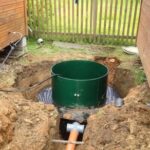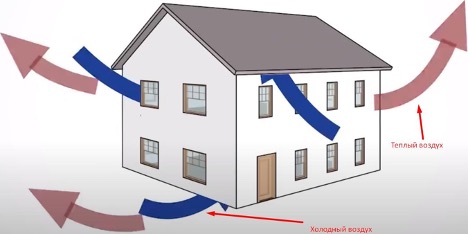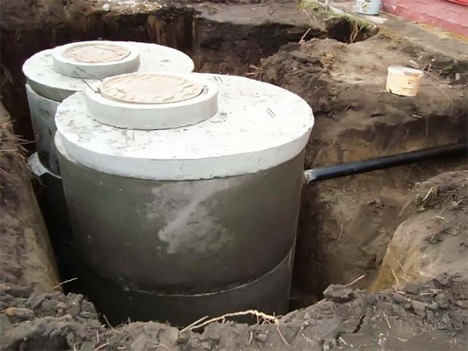Sewer plug for debtors: how to install and remove, what to do
Sometimes, in situations where residents accumulate significant debt on utility bills, utility services resort to measures such as installing a cap on the debtors' sewer system. This action is taken to force debtors to pay the debt. It is important to understand how the process of installing and removing the plug occurs. And also know what to do in such a situation.
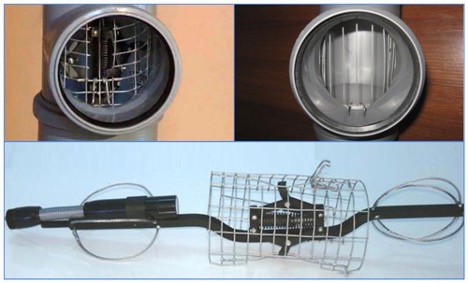
The content of the article
Plug installation process
How to put a plug on a sewer - a process that is usually carried out by utility workers. The process of installing a drain plug for debtors is a serious procedure. It is regulated by law and requires compliance with strict rules and regulations. Work rules:
- Before proceeding with the installation of the plug, utility services are required to notify the debtor of the upcoming actions. This notice is usually given in writing. It contains information about the amount of debt and the timing of its repayment. As well as a warning about the upcoming installation of a plug in case of non-payment.
- Before installing a plug on the sewer, specialists must inspect the sewer system. This will allow you to determine the most suitable place to install the plug. It is important to select a section of the sewer riser that will ensure maximum installation efficiency. At the same time, it is necessary not to affect neighboring rooms or apartments.
- Plugs come in different types and sizes.Therefore, specialists must choose the one that is suitable specifically for a given sewage system. The plug must ensure tight closure of the sewer riser. No leakage of waste water is allowed.
- The installation process itself includes fixing the plug in the sewer riser. This requires certain technical skills and special tools. Professionals must ensure that the plug remains securely in place after installation. It is important to check that it cannot be easily removed or damaged.
- After installing the plug, utility services record this fact in the relevant documents. They contain a report of the work performed. Photographs of the installed plug are also taken. Attached are other documents confirming the legality and correctness of the work.
- After installing the plug, the debtor is notified of the procedure completed and of the need to repay the debt to restore the normal functioning of the sewer system.
It is important to understand that installing a sewer plug is a last resort measure used in cases of serious and long-term debts. Utilities must strictly adhere to the law when performing such activities.
Consequences for residents
Installing a sewer plug for debtors entails serious inconvenience and changes in living conditions. The main and most immediate consequence is the complete or partial cessation of the functioning of the sewer system in an apartment or house. This means that the use of plumbing fixtures such as toilets, sinks and bathtubs becomes impossible or limited.As a result, residents must find alternative ways to meet their household needs, which can significantly reduce their standard of living and amenities.
Another important consequence is the risk to health and hygiene conditions. The inability to use sewerage leads to the accumulation of household waste, which can contribute to the spread of unpleasant odors, as well as create favorable conditions for the development of bacteria and insects. This, in turn, can lead to the emergence of various diseases and deterioration of the sanitary and epidemiological situation in the premises. In addition, the inability to use sewerage can cause social tension and conflicts both within the family and with neighbors, especially in apartment buildings.
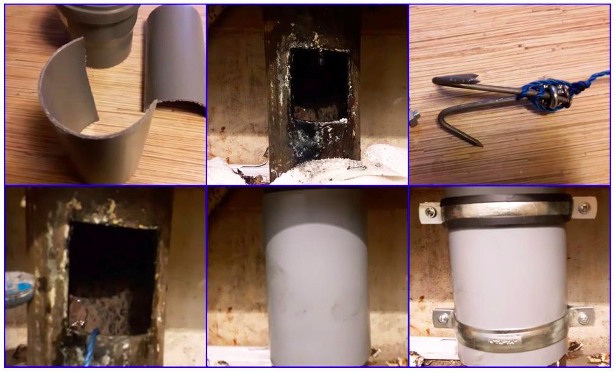
When the plug is installed, what should I do?
When you have installed a drain plug, the main task is to find a way to legally remove it. Here are the steps to take:
- Make sure you have all the necessary paperwork to support the installation of the cap, including notice of the debt and the impending installation of the cap. This will help to understand the legality of the actions of public utilities.
- If a debt actually exists, it must be paid off. This may require contacting a bank or other financial institution to arrange payment.
- Once the debt has been paid, contact the utility company to notify you of your payment and arrange for the cap to be removed.
- If you have any doubts about the legality of installing a cap, or if the utility company refuses to remove it after paying off the debt, it is recommended to seek legal advice.
- If your rights have been violated or your utility has acted unlawfully, filing a lawsuit can be an effective way to protect your interests.
- All steps taken to resolve the problem, including payment of debt and correspondence with utility companies, should be documented. This may be useful in case of legal proceedings.
- Until the problem is resolved, it is important to find temporary ways to provide sanitation needs, such as using public toilets or making arrangements with neighbors.
These steps will not only help you cope with the current situation, but will prevent similar problems in the future. It is important to remember to pay utility bills on time and maintain an open dialogue with utility companies to avoid such extreme measures.
The process of removing the plug
The sewer plug is removed after the debt is repaid. This step should also be performed by qualified utility personnel.
How to remove a plug from a sewer yourself is a risky question and is not recommended for doing it yourself. Unauthorized removal of the plug may result in administrative or even criminal liability. In cases where the debt is repaid, but the plug is not removed within the established time frame, you should contact utility services or the courts.
The main stages of working with stubs:
- Notifying the debtor about the upcoming installation of a plug.
- Installation of the plug by utility workers.
- Repayment of debt by the debtor.
- Contact utility services to remove the plug.
- Control by the debtor over the removal of the plug within the established time frame.
Conclusion
It is important to remember that installation and removal of plugs are legally regulated procedures. And any attempts at independent intervention can lead to serious consequences. In case of problems with the sewerage due to the installed plug, it is recommended to contact professionals. It is also necessary to conduct a dialogue with utility services to find a legal and effective solution to the problem.



